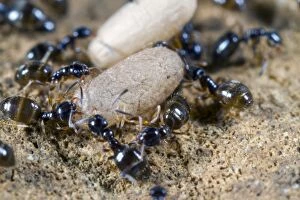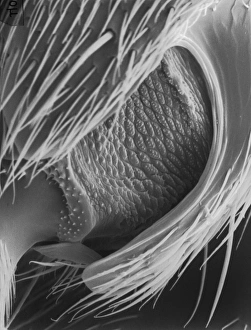Formicinae Collection
Formicinae, also known as the ant subfamily Formicinae, encompasses a diverse group of ants with fascinating characteristics
All Professionally Made to Order for Quick Shipping
Formicinae, also known as the ant subfamily Formicinae, encompasses a diverse group of ants with fascinating characteristics. Among them are the DDE-90025304 and DDE-90025303 species, commonly referred to as Hairy Head ants due to their distinct appearance. One remarkable member of this subfamily is the Gigantiops destructor, a South American jumping ant that can leap impressive distances. These agile creatures possess unique adaptations that allow them to navigate their surroundings with ease. Another intriguing species within Formicinae is Plagiolepis pygmae, commonly known as Ants. The adults and workers of these ants diligently care for cocoons containing sexual stages in their nests on Ile St. This cooperative behavior showcases their exceptional social structure. The black garden ant (Lasius niger) is another prominent representative of Formicinae. These industrious insects are often found scurrying around gardens in search of food and building intricate underground colonies. Their hardworking nature makes them an essential part of ecosystems worldwide. Lastly, we have the wood ant (Formica rufa), which plays a crucial role in forest ecosystems by aiding in nutrient cycling and seed dispersal. These wood ants construct towering mounds made from twigs and leaves while tirelessly foraging for sustenance. Formicinae comprises an array of captivating ant species such as Hairy Head ants, South American jumping ants like Gigantiops destructor, diligent Ants caring for cocoons on Ile St. , black garden ants like Lasius niger bustling through gardens worldwide, and wood ants like Formica rufa contributing significantly to forest ecosystems. Their diversity and ecological importance make studying these fascinating creatures both rewarding and enlightening.









